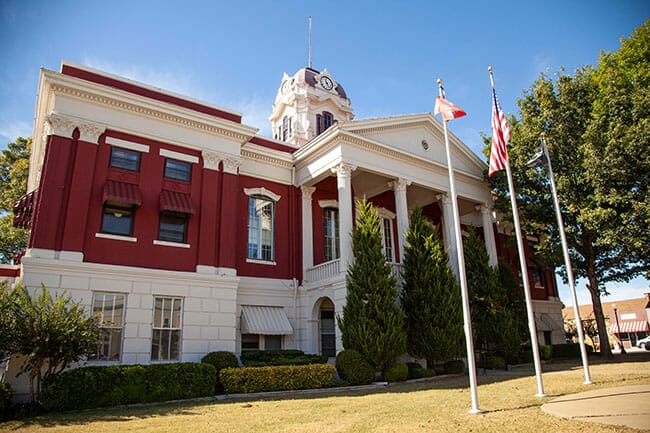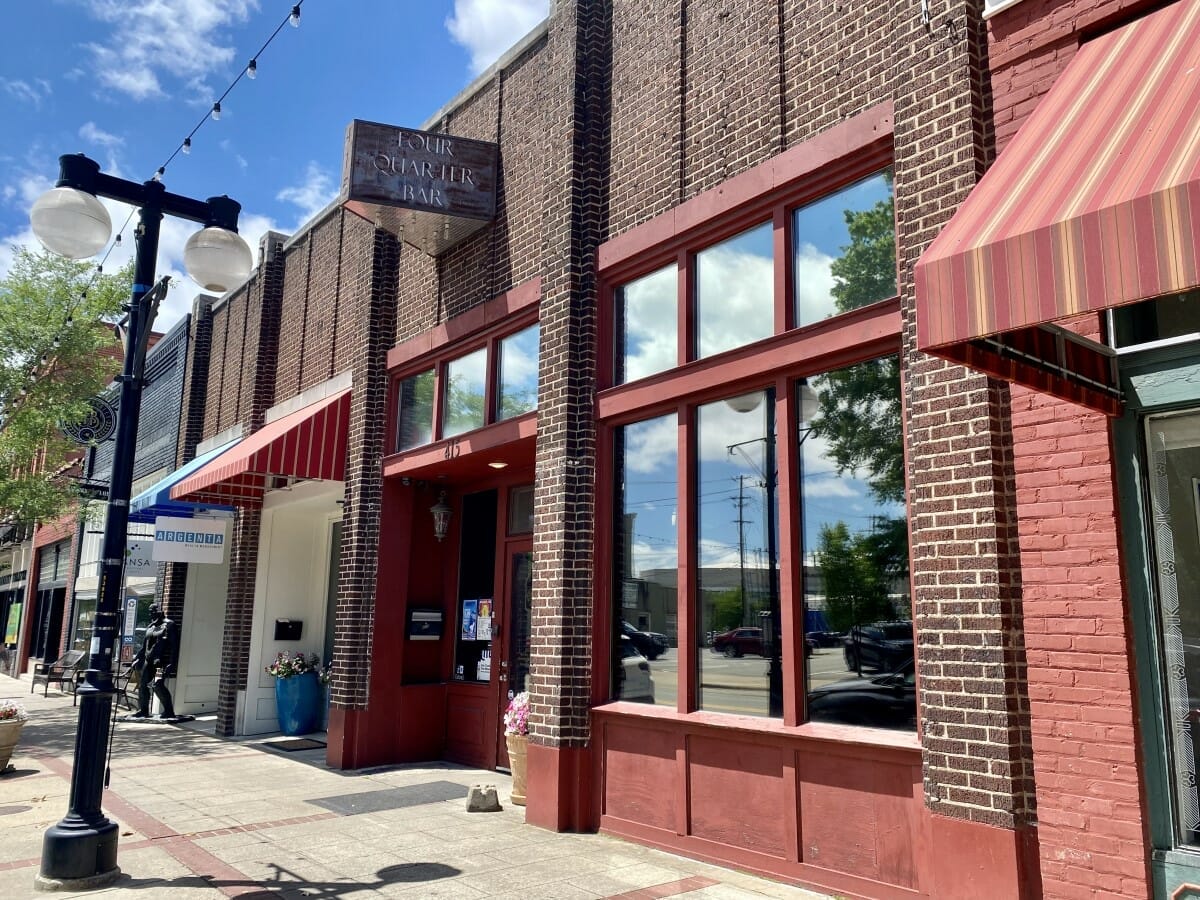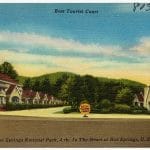

Uh oh...
It appears that you're using a severely outdated version of Safari on Windows. Many features won't work correctly, and functionality can't be guaranteed. Please try viewing this website in Edge, Mozilla, Chrome, or another modern browser. Sorry for any inconvenience this may have caused!
Read More about this safari issue.

Calico Rock, overlooking beautiful White River, is one of my favorite places to while away the time antiquing, hiking, and exploring the history of our earliest Ozark settlers. If history is your thing, the oldest section of town, known as East Calico, is worth a special trip to Izard County.

Calico Rock is the only town in America that boasts an authentic ghost town within its city limits. Yes, a “ghost town within a town.”

In the 1900s, East Calico was a bona fide boomtown, an important rail and river hub for area zinc mining, timber and cotton farming. But with growth came growing pains, and East Calico developed the reputation as a wild and tough frontier town. Knife and gunfights were common, likely spurred on by the bootleggers who sold moonshine (peppersauce) in the alley behind Main Street (aka Peppersauce Alley).
So how does a once prosperous albeit colorful section of town become abandoned? Although the history is hazy, a number of events appear to have led to the area’s demise—everything from fire, flood and basic economic supply and demand. Farmers shifted from cotton to livestock, and the once thriving cotton gin closed. Other businesses closed for various reasons and never reopened. People moved to seek jobs elsewhere. Buildings deteriorated in hot sun, heavy snow and rain. When new buildings were constructed, developers built on higher ground west of Calico Creek.

Author Lambert Florin, who penned several books about ghost towns of the West, defined a ghost town as “a shadowy semblance of a former self”. I’d like to add to that—a town whose only occupant is Mother Nature. And maybe a ghost or two?
In 2007, Calico Rock Organization for Revitalization Efforts (CORE) opened East Calico ghost town as a tourist attraction. In recent years, the town had begun to experience a resurgence of tourism (hello!—best trout fishing anywhere), and besides, who isn’t intrigued by a good ghost town?

Although the land is privately owned, the owner allows self-guided walking tours. But, respect the no trespassing signs and resist the urge to explore inside the ruins. Twenty-two descriptive signs provide a wealth of historical information about the 20 original structures still standing. Although most of the buildings are overgrown and boarded up, and some are only ghostly shells, all provide an incredible glimpse into the past.
When you go…
Stop by the Calico Rock Museum and Visitor Center for a map and brochure. (The Visitor Center is a treasure trove of art, history and information, so allow time in your schedule to enjoy this place.)

Park near the intersection of Main and Walnut Streets and walk the short distance east on Walnut. The terrain is flat and easily accessible. As you cross Calico Creek, note the trestle bridge, which was constructed in 1941 by local area men. (If you prefer, you can drive over the bridge and park along Walnut Street in the heart of ghost town.)

The first building on the left, a small cement hut, served as the city jail from the 1920s to the 1950s. On any given Saturday night, up to 20 people were jailed inside the small, dank space. This is the only building you can walk inside. Do it. It’s an eerie thing.
Across the street from the jail are the remains of the feed store, cottonseed sheds and cotton gin.
Further down Walnut Street signs mark the remains of the garage, creamery, school, tavern, barbershop, movie theatre hardware store, grocery store, blacksmith shop, telephone exchange, electric power and ice plant, cheese factory, funeral parlor, Ford garage, Mobil Oil, Chevrolet garage, grist mill and White River Propane.

One hundred years ago, East Calico was a lively place. Today the ghost town provides a valuable history lesson. If you can, drive over while the Ozark leaves are turning.
For information on additional local sites visit my other Ozark stories HERE and HERE.
We do the work.
You check your email.
Sign up for our weekly e-news.
Get stories sent straight to your inbox!







Like this story? Read more from Talya Tate Boerner
Do you set resolutions in January? For me, the beginning of a new year...
I always equate dragonflies to carefree summer days. My sister and I...
This spring, as you plan your Arkansas garden, why not plan for...
Join the Conversation
Leave a Comment